Entry Type: Event
Pine Bluff, Skirmish at (January 9, 1865)
aka: Pine Bluff Expedition (January 7–9, 1865)
Pine Bluff, Skirmish at (July 22, 1864)
Pine Bluff, Skirmish at (July 30, 1864)
Pine Bluff, Skirmish at (June 17, 1864)
aka: Skirmish at Monticello Road (June 17, 1864)
 Pinnacle Mountain State Park
Pinnacle Mountain State Park
 Pippen Jersey Retirement
Pippen Jersey Retirement
 Pippen at UCA
Pippen at UCA
Pippin, Essex (Execution of)
Pitman’s Ferry, Skirmish at (April 1, 1862)
Pitman’s Ferry, Skirmish at (October 27, 1862)
Plane Crash of January 14, 1936
 Plant Opening
Plant Opening
Plum Bayou Project
Plum Point Bend, Engagement at
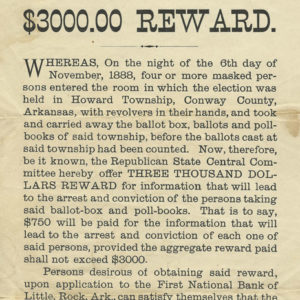 Plumerville Conflict Reward Poster
Plumerville Conflict Reward Poster
Plumerville Conflict of 1886–1892
Pocahontas Expedition
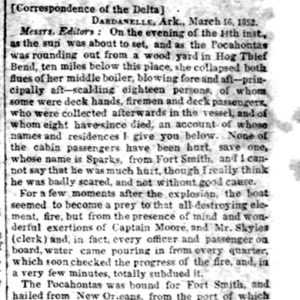 Pocahontas Steamboat Article
Pocahontas Steamboat Article
Poe, Harry (Trial and Execution of)
 Harry Poe Execution Article
Harry Poe Execution Article
Pointer, John (Execution of)
Poison Spring, Engagement at
Polio
Polk Brothers (Lynching of)
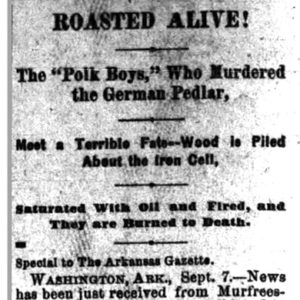 Polk Brothers Lynching Article
Polk Brothers Lynching Article
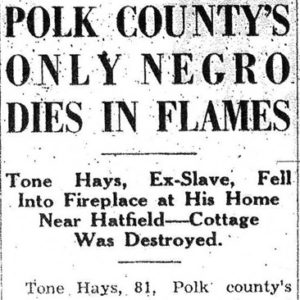 Polk County Death
Polk County Death
 Polk County Draft War Article
Polk County Draft War Article
Polk County Draft War
Polk County Possum Club
Polk County Race War of 1896
Polk’s Plantation, Skirmish at
Pope County Militia War
Pope-Noland Duel
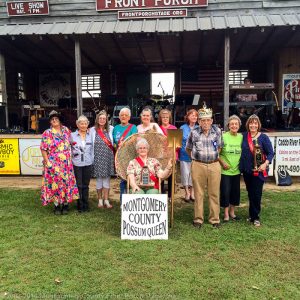 Possum Queen
Possum Queen
Postoak, John (Execution of)
Pott’s Hill, Action at
aka: Skirmish at Big Sugar Creek
Pounds, Winston (Lynching of)
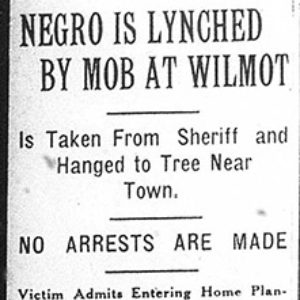 Pounds Lynching Article
Pounds Lynching Article
 Charles Powell Lynching Article
Charles Powell Lynching Article
Powell, Charles (Lynching of)
Powell, Sam (Lynching of)
 Sam Powell Lynching Article
Sam Powell Lynching Article
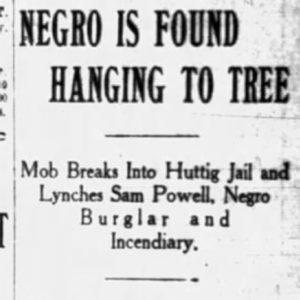 Sam Powell Lynching Article
Sam Powell Lynching Article
Prairie D’Ane, Skirmish at
aka: Battle of Gum Grove
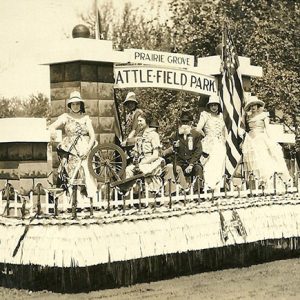 Prairie Grove Float
Prairie Grove Float
Prairie Grove Campaign
Prairie Grove, Battle of
Pratt, Parley P. (Murder of)
 President Kennedy at LRAFB
President Kennedy at LRAFB




